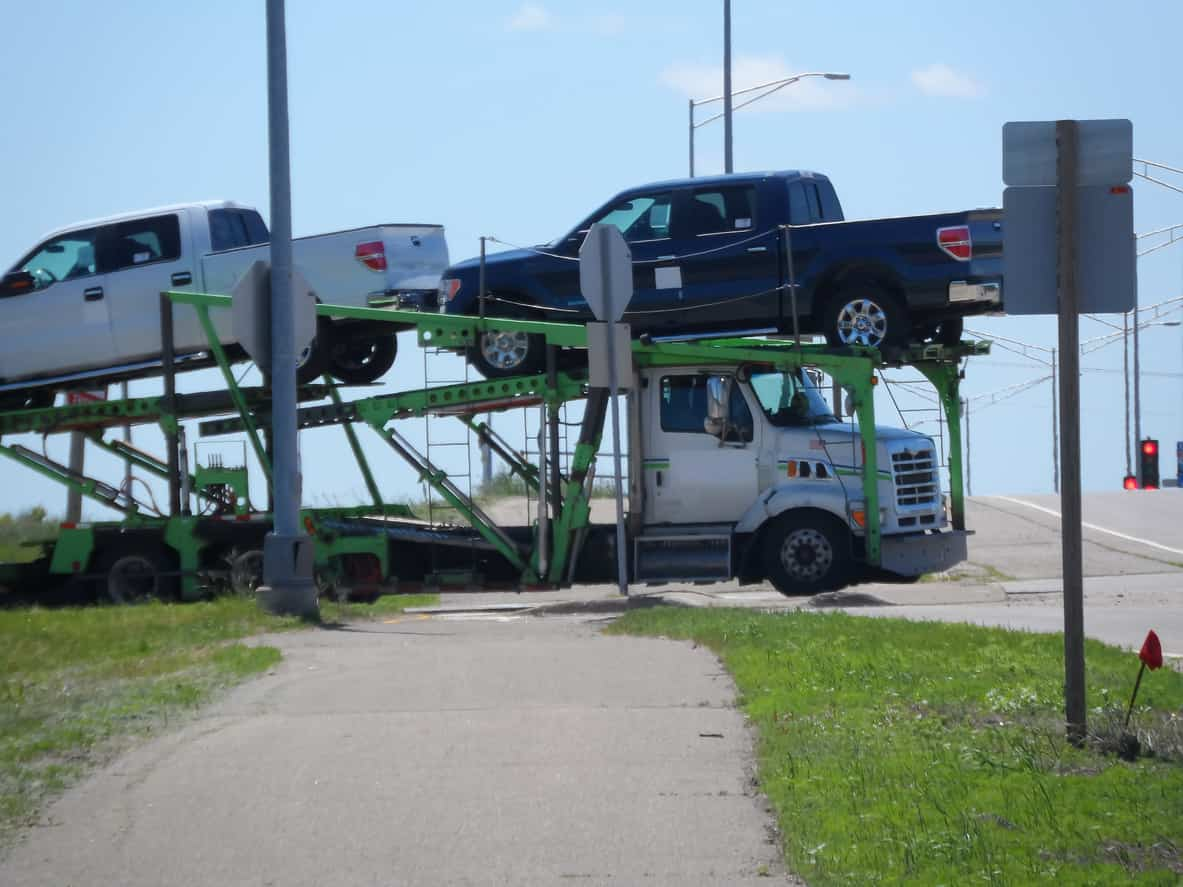Introduction
Shipping a classic car might seem like an insurmountable task, especially if you’re crossing state lines. However, with the correct knowledge, transporting that precious piece of automotive history can be a breeze. This guide outlines everything you need to know about shipping a classic car in the United States, from preparation to costs, and state-specific considerations.
Preparing Your Classic Car for Shipping
Inspection and Documentation
First and foremost, thoroughly inspect your classic car before its journey. Document the existing condition with photos and keep detailed notes. These will be indispensable in case of any discrepancies during the delivery process.
Maintenance Preparations
Ensure that your classic car is mechanically sound before transportation. Although it won’t be driven much, it’s essential to check for fluid leaks, tire pressure, and secure any loose parts. Remember, you’re responsible for preparing your car for the journey to prevent any potential damage during transit.
Choosing the Right Auto Transporter
Research
As the saying goes, not all that glitters is gold. The same applies to auto transporters. You need to research extensively and pick a trustworthy shipping company that specializes in classic cars. Review their credentials, customer feedback, and their track record in handling vintage vehicles.
Getting the Right Quote
Cost is a significant factor in choosing a shipping company. It’s important to compare quotes from various transporters, but remember not to compromise safety and quality of service for lower prices. After all, the wellbeing of your prized possession is at stake.
Understanding State-Specific Shipping Laws
Each state has its unique set of regulations regarding auto transportation, and being aware of these is crucial. For instance, California has strict emission standards, while Florida has stringent regulations on vehicles imported from other states. Knowing such information can save you from potential legal hurdles and unnecessary fees.
In-transit Insurance: Your Safety Net
Why Insurance is Vital
Shipping a classic car without insurance is akin to playing with fire. Despite the precautions, accidents and damages can happen during transit. An in-transit insurance policy will cover any potential losses, providing an essential safety net.
Determining the Right Coverage
Your classic car’s value should guide the coverage amount. Often, shipping companies offer a basic insurance plan, but it might not be sufficient for a classic car. Therefore, you may want to consider obtaining additional coverage for full protection.
Pre- and Post-Shipment Checklist
Pre-Shipment
Before the shipment day, create a checklist to ensure you have addressed all the necessary points. This includes performing a final inspection, removing personal items from the vehicle, and double-checking the insurance coverage.
Post-Shipment
Once your classic car arrives at its destination, conduct another thorough inspection in the presence of the delivery driver. Check for any potential damage, and compare the vehicle’s state with the pre-shipment photos and notes you prepared.
Costs Involved in Shipping a Classic Car
The cost of shipping a classic car is influenced by several factors, including distance, vehicle size, transportation method, and insurance. You should be prepared to spend anywhere between $500 and $1,500 on average for domestic shipping. Remember, these figures can fluctuate based on your specific circumstances.
Conclusion
Shipping a classic car across state lines doesn’t have to be a daunting task. With the right preparation, a trustworthy shipping partner, and an understanding of state-specific shipping laws, you can ensure a smooth journey for your cherished vehicle. Also, don’t underestimate the importance of in-transit insurance as it can save you from unexpected financial burdens. Follow the guidelines, prepare a checklist for pre- and post-shipment activities, and keep a realistic budget for the process.
FAQ
1. Is it safe to ship a classic car?
Absolutely. With a reliable shipping company and proper insurance, it’s quite safe to ship a classic car. It’s advisable to use enclosed transport for enhanced protection.
2. Can I ship my classic car to any state?
Yes, you can ship your classic car to any state in the U.S. However, be aware of state-specific regulations that might affect the process.





